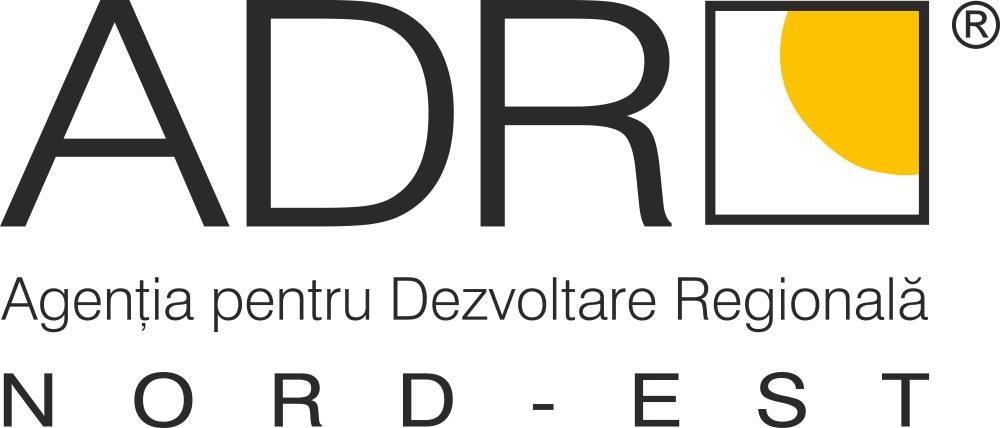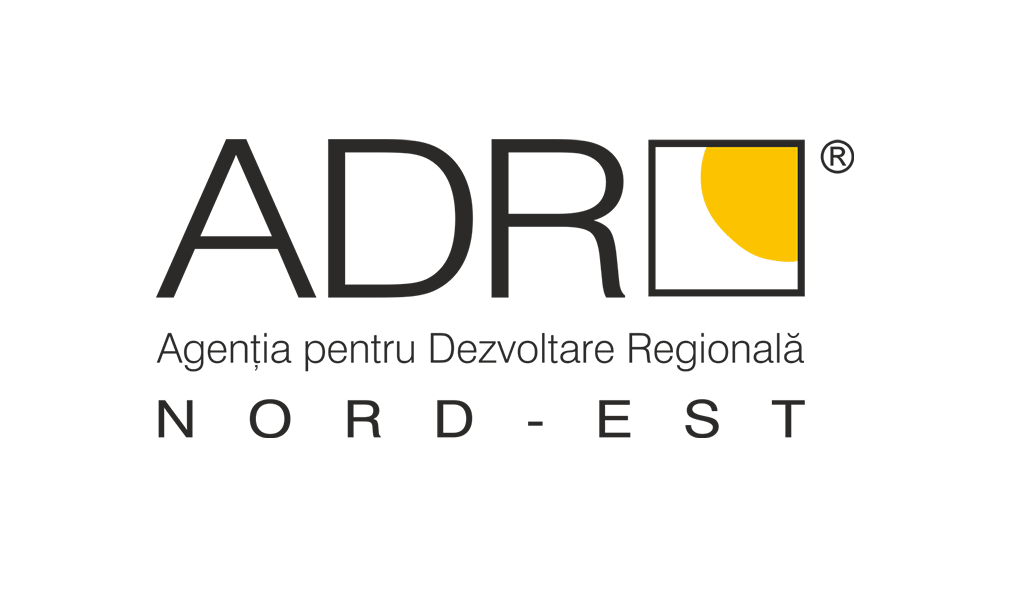The application period has ended. This call is no longer open.
Kickstart Your Research Results Into The Market
RVP 2.0 is our 10-month program that supports the transition of your research results to the market through a customized journey – perfectly designed to cover all your specific needs. A team of top mentors will guide and encourage you as you learn through our carefully crafted curriculum and well-thought practical projects.
The working language of this program will be English.

RVP 2.0 Supported Projects
Intelligent visible light communication technology for car active safety and driver assistance (IVLC)
- Dr. Mihai Dimian (project leader)
- „Ștefan cel Mare” University of Suceava
The Visible Light Communications (VLC) technology assumes the usage of LED light sources not only for lighting and signaling, but also for data transmission. This concept is inspired from living organisms which adapt their behavior depending on environmental conditions. Applied to vehicular VLC uses, the context-adaptive behavior maximizes the VLC system’s performances. Thus, instead of having a standard architecture (i.e. signal processing plan) and standard performances (i.e. communication distance, data rate, noise resilience, etc.) the proposed VLC concept envisions the usage of sensors that allow it to identify the possible factors that could affect VLC performances, and based on this assessment to establish the best possible configuration for each specific context.
3D printing of physical macromolecular models useful for teaching and demonstration (modelemoleculare.ro)
- Dr. Marius Mihășan (project leader)
- „Alexandru Ioan Cuza” University of Iași
The team established a methodology that allows the fabrication of physical models of molecules, macromolecules and complexes that can be used in an educational environment. Virtually any lesson in chemistry, biochemistry, molecular biology and other bio-molecular sciences can be transformed in a physical scene where the audience can have visual and tactile interactions with molecules, for a more complete learning experience and improved teaching outcomes. The fabrication relies on 3D printing using fused filament deposition (FFD) technology.
Innovative and sustainable solutions for the elimination of priority and emerging pollutants for advanced wastewater treatment processes (PureGeo)
- Dr. Eng. Petrică Vizureanu (project leader)
- „Gheorghe Asachi” Technical University of Iași
The main goal of PureGeo is the development of a new class of fly ash-based functional materials with high absorption and adsorption capacity suitable for water purification and desalinization with increased energy efficiency. These materials, which could be classified as geopolymers, will be developed through an environmentally friendly technology to support sustainable industrial growth. The envisaged technology utilizes, as raw material, fine fly ash to develop a self-supporting geopolymeric membrane capable to retain micro impurities and to absorb high amounts of heavy metals (As, Cd, Pb, Hg and others).
New Generation of Metallic Biomaterials used for Medical Applications (OrthoBioAlloy)
- Lecturer Eng. Ph.D. Mădălina Simona Bălțatu (project leader)
- „Gheorghe Asachi” Technical University of Iasi
The project proposes the realization of Ti-Mg partial biodegrable alloys for various medical applications, especially orthopedics implants. This alloys have mechanical properties as close as possible to those of the human bone, have a superior biocompatibility and have little chance of being rejected by the human organism. Respectively, provide a complete durability during the prosthesis, providing a faster recovery and a lower risk of infection after implantation for patients.
Electrochemical screen-printed sensing platform based on conducting polymer working electrode (uProSense)
- Dr. Eng. Marius Olariu (project leader)
- „Gheorghe Asachi” Technical University of Iași
In line with the actual trend in SPEPs (Screen-printing electrodes platforms) development, our team is aiming to design and fabricate a new class of SPEPs all-in-printed provided with a working electrode (WE) patterned with a new type of ink. The novelty of the SPEPs proposed relies on the fact that the WE which is currently mainly fabricated from Au, Pt or carbon based materials, is to be manufactured from a special type of ink which is to contain conducting paths of vertically aligned conducting nano-/micro- particles (e.g. multiple-walled of single-walled, SWCNT, nano-wires). The new WE architecture and structure will ensure an increased sensitivity of the WE which is to materialize in an improved sensitivity of the overall SPEP when employed in cyclic voltammetry or impedance spectroscopy measurements.
Pharmaceutical solutions with oral administration for symptoms alleviation and reduction of side effects induced by oncological therapy (Ora-Relief)
- Assist. Dr. Mârțu Maria Alexandra (project leader)
- „Grigore T. Popa” University of Medicine and Pharmacy of Iași
Head and neck cancers are one of the most common cancers globally, with approximately half a million new cases each year. Treatment is aggressive causing painful lesions in the mouth and oropharyngeal region, such as oral mucositis, swallowing difficulties, dry-mouth, dehydration, altered sense of taste, inability to eat, malnutrition and speech impediments during and after treatment. Oral mucositis is a challenge and un unmet clinical need. A product for treating all these symptoms should relieve pain, be antiinflamatory, antioxidant, humectant, bactericide, fungicide, and also stimulate and maintain a well-balanced oral cavity environment. Moreover it should remain active in the administration site for a prolonged period of time.
Medical recovery systems intelligently activated with smart shape memory wires (SMARS)
- Dr. Eng. Nicanor Cimpoeșu (project leader)
- „Gheorghe Asachi” Technical University of Iași
The main idea of the project is to implement shape memory alloy wires instead of mechanical engines to do mechanical work for injuries recovery equipment or for sleep apnea sustaining equipment. The use of shape memory alloys in actuation has several advantages, such as: compact shape, high ratio of weight to developed power, a very resistance to fatigue, especially cyclic stress, and a smooth, light, noise-free or spark-free operation.
Application Details
WHO?
Who can apply?
Research teams from the following Universities:
- Gheorghe Asachi Technical University, Iași
- Alexandru Ioan Cuza University, Iași
- Grigore T. Popa University of Medicine and Pharmacy, Iași
- Ion Ionescu de la Brad University of Agricultural Sciences and Veterinary Medicine, Iași
- Vasile Alecsandri University, Bacău
- Ștefan cel Mare University, Suceava
WHERE?
Send your application form to bgris3@adrnordest.ro
WHEN?
Send your application form between May 4 and June 4, 2021
WHAT?
What type of support will you receive?
Needs-based coaching and mentoring for capacity-building and facilitation of interaction with the industry, such as (but not limited to) marketing strategy, intellectual property rights, commercialization strategy etc.
What Makes the RVP 2.0 Program Unique?

This is not a one-size-fits-all approach. We will tailor the program and the assignments to match your level, as well as your unique background and project ideas, all while respecting your learning pace. We deliver a fully personalized learning experience.

We understand that the journey of your project ideas starts well before applying to the program and doesn’t end once the program finishes. We want to equip you with the best customized tools and knowledge that will bring your project closer to the market.

Instead of relying mostly on fictional scenarios for your projects, we will help you find opportunities to solve real problems, all while working within a team, as we want you to explore the solution designer roles.
What Will You Gain?
Business Development Workshops
Our approach is built by a top team of consultants with one common mission in mind: to help you know everything you need to know to market your research results. You’ll go through all the relevant theory, giving you a well-thought (and much needed) structure.

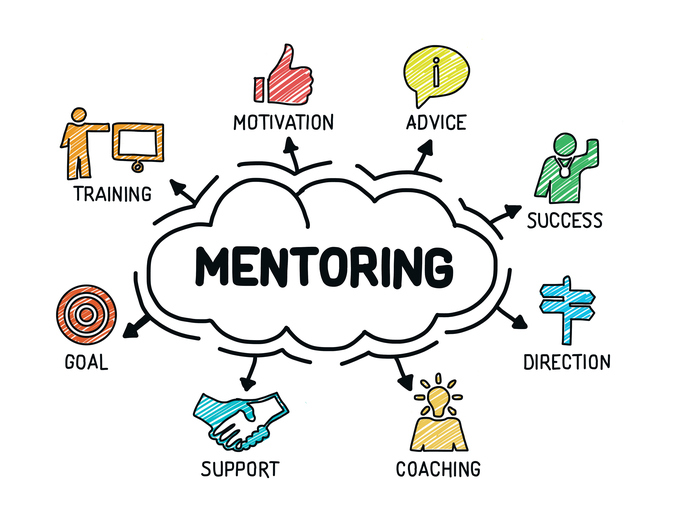
What Will You Gain?
Team Coaching
We make all the efforts to understand who you are, your background, your goals, and then we enable you to make the most out of your learning journey by leveraging your unique traits and advantages.
What Will You Gain?
Go-to-Market Support
We’ll arm you with everything you need for a successful market launch, including strategies, practical knowledge, real life examples and best practices and a network of like-minded people and organizations that we will connect you to.
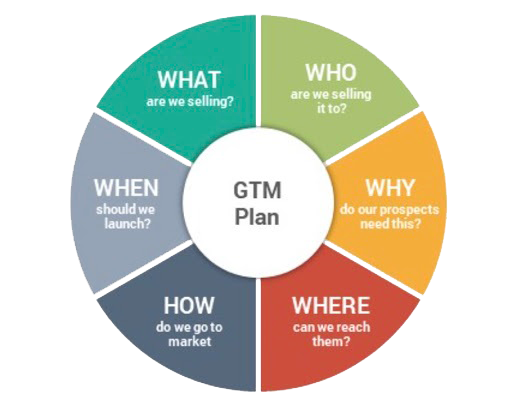
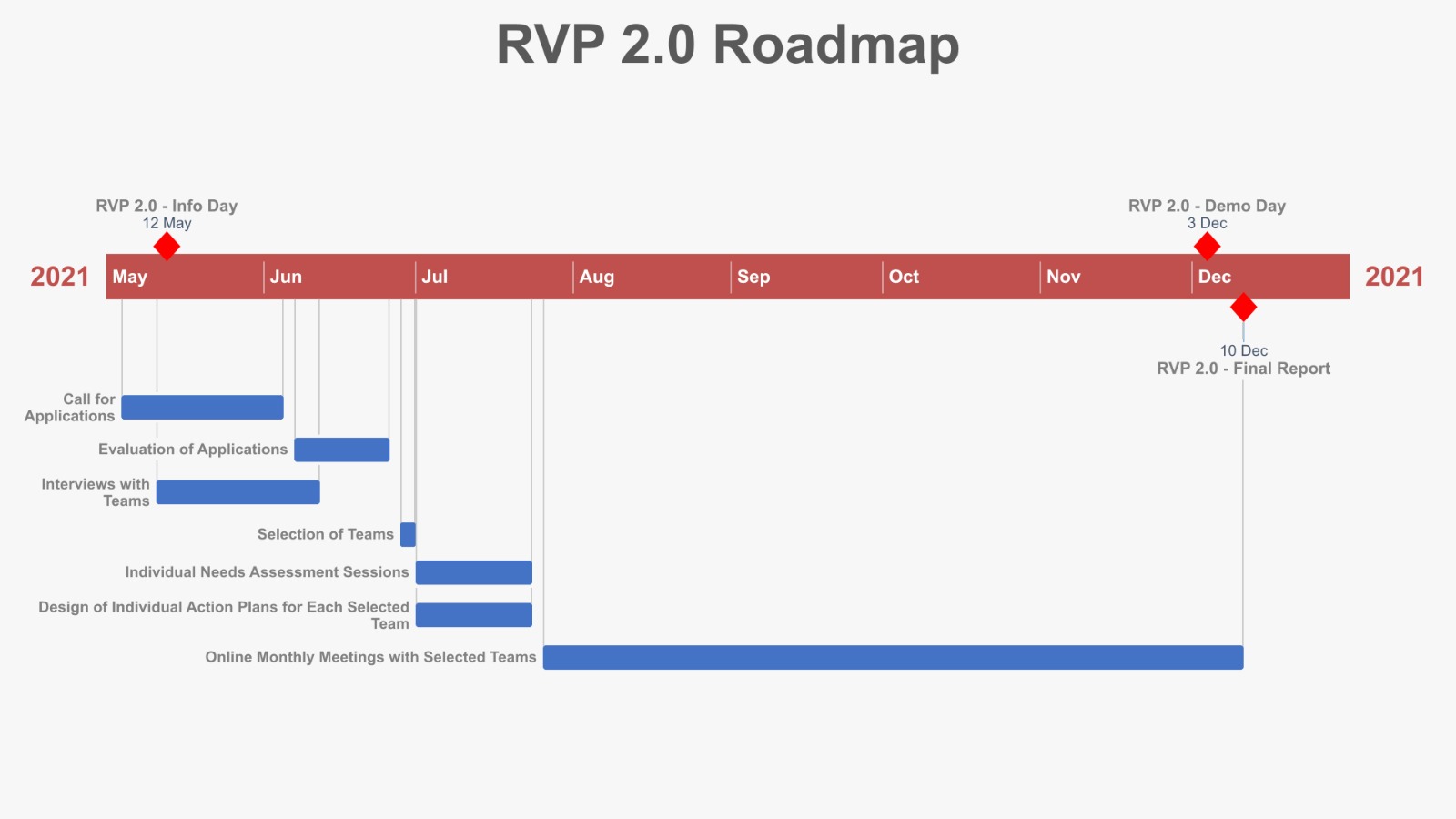
Research Valorization Program (RVP) - Overview
The objective of the RVP is to directly and indirectly support the commercialization of research projects. The RVP activities to be carried out under the TA Program support selected, high-potential research teams to improve the technological and market readiness of their projects, to identify potential markets, and to improve their understanding of IPRs. This is expected to have an immediate commercialization output for some teams, but also offers longer-term benefits to research teams by fostering a greater awareness of key success factors in commercialization, which can allow them to produce more market-oriented research in the future.
While the direct beneficiaries of the RVP are researchers and TTOs, its impact is expected to spill over to all actors in the regions who benefit from the results of commercialized research. The RVP will also build TTOs’ capacity to facilitate the commercialization process. The RVP implementation is expected to benefit TTOs through the adoption of a performance-oriented culture, backed up by monitoring technology transfer indicators. TTOs could become the drivers of this approach over time. RDAs and other stakeholders (including innovation agencies, clusters, and so on) will benefit indirectly through capacity building and will be able to follow up and scale the implementation of lessons learned from the RVP.
The RVP includes a series of hands-on workshops and individualized coaching sessions to selected teams of researchers to improve the technological and market readiness of their projects. The RVP’s capacity building initiatives will be deployed in two ways. First, the RVP will deploy short term (one- to two-day) workshops targeting researchers and TTO staff to create awareness and knowledge of the challenges and opportunities connected to market-oriented approaches to commercializing their research work. Through these workshops, the experts will identify the research teams that would benefit from a more tailored approach to pursuing specific commercialization opportunities. The RVP workshops will be followed by subsequent individualized coaching sessions.
The RVP program is being implemented through two sequenced stages to test the methodology, absorb lessons learned from the first phase, and design a possible scale-up at the end of the RVP rollout by local stakeholders, as follows:
// RVP 1.0 tested the methodology and identified the best possible approach. The WBG team led the engagement, with the program focusing on a smaller set of potential beneficiaries.
// Now that the approach has been piloted and refined, a broader program (RVP 2.0) is being rolled out to include all potential beneficiaries in the target region. The rollout of RVP 2.0 will leverage the lessons learned from RVP 1.0 and have two defining features: (i) a stronger role for regional counterparts (with international experts playing a supporting role); and (ii) participation will be extended to research teams from a wider set of selected universities in the NE region.
RVP 1.0 Supported Projects
Bipolar High Power Impulse Magnetron Sputtering (HiPIMS) for thin films deposition

– Senior researcher Vasile Tiron (lead inventor)
– Alexandru Ioan Cuza University of Iasi
The objective of the project is the development of a plasma-coating technology which allows a better control of the energy transferred to the film-forming species with noticeable improvement of the coatings properties. The proposed technology is an extension of existing plasma deposition technology based on the operation of the magnetron discharge in high power impulse mode (HiPIMS = High Power Impulse Magnetron Sputtering). The proposed technology consists of operating the HiPIMS in bipolar regime (BP-HiPIMS), where the standard HiPIMS pulse applied on the target is followed by a positive pulse, which allows the energy of ionic species to be controlled, independent of the state of the substrate.
Hybrid mechatronic & FES rehabilitation gloves (IHRG) for stroke patients
 – Prof. Marian-Silviu Poboroniuc (lead inventor)
– Prof. Marian-Silviu Poboroniuc (lead inventor)– Gheorghe Asachi Technical University, Faculty of Electrical Engineering, Iași
A new device which combines functional electrical stimulation procedures with mechatronics gloves to improve rehabilitation in stroke patients. The proposed hand rehabilitative IHRG system supports a balanced control between FES (functional electrical stimulation) and an actuated glove while taking into account the patient’s intention to perform hand/fingers opening movements.
Studies and research on degradable Mg-based alloys for use in medicine
 – univ.dr.ing. Bogdan Istrate (lead inventor)
– univ.dr.ing. Bogdan Istrate (lead inventor)– Gheorghe Asachi Technical University, Faculty of Mechanical Engineering, Mechanical Engineering, Mechatronics and Robotics Department, Iași
Magnesium-based biodegradable materials are considered to be the third generation of biomaterials and eliminate the second surgical extraction of the implant in the classical implantation technique. Research centers and biomaterial manufacturers are directly interested in these results for the replacement of materials used in classic implants based on stainless steel, Co-Cr alloys and Titanium-based alloys.
3D Printing technology of nano conductive composites for GHz-THz electromagnetic device

– Prof. Ciobanu Romeo (lead inventor)
– Gheorghe Asachi Technical University, Electrical Measures and Electrotechnical Materials Department, Iași
Fused deposition Modelling is used to build concept models, functional prototypes and end-user parts with engineering grade and high accuracy thermoplastics. The novel design of nano conductive materials, to respond to the thermal and mechanical parameters for filament extrusion for precision 3D printing and for electronic/telecoms components is deemed as a requirement by industry partners. The approach of the team is to have a service model based and supported by novel patent protected technology and undisclosed know-how.
Polymeric based lidocaine nano-formulation for pain therapy
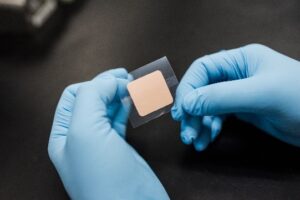 – Gianina Dodi, Medical Bioengineer, PhD (lead inventor)
– Gianina Dodi, Medical Bioengineer, PhD (lead inventor)– Grigore T. Popa University of Medicine and Pharmacy, Iași
The technology offers ‘needle free pain relief’. A drug delivery system, using novel polymer technology, allows the efficient delivery of analgesic compounds transdermally. The main perceived benefit allows improved patient compliance to medical treatment by providing efficient pain relief with less central nervous system effects and minimal drug administration.
Our Mentors
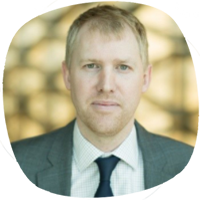
Ian Proctor
World Bank Group – Senior Innovation Consultant
Leading a team to develop and implement innovation and project funding programmes across Eastern Europe with university and regional economic development partners.

W. Mark Crowell
World Bank Group – Senior Innovation Consultant
Providing international advisory services focused on entrepreneurship, innovation ecosystems, innovation strategy, accelerator programs, research commercialization and spinouts, innovation district planning, and economic development strategy.
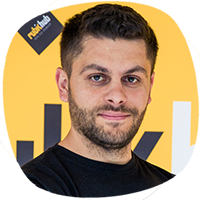
Vlad Gliga
I found my purpose in helping people reach the best version of themselves and drive positive impact. I strongly believe in the power of collaborative communities, for higher and better impact, thus bringing people together and building communities is my start in solving the problems our world has. I work with great passion to identify and bring to light smart solutions that can make our world a better place. I do that by developing programs designed to inspire, educate and accelerate global successful startups.
Our Facilitators
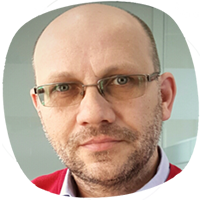
Cosmin Angheloni
North-East RDA – Expert
Involved for over 12 years in consulting and facilitation services for various partners, in multicultural contexts and in mixed (social) business, non-profit, corporate and public administration sectors.
Assisting organizations to implement changes in their business models by identifying opportunities in the needs of users that have not been addressed, by co-creating innovative, agile and unconventional experiences.
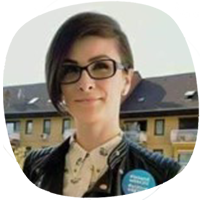
Andreea Leru
North-East RDA – Expert
A highly-motivated and experienced professional with a proven track-record of successfully managing externally and EU-funded research and mobility projects in an international and multicultural environment, with partners from across Europe, who is also knowledge-savvy in innovation and technological transfer and has a keen academic and practical interest in program design and implementation targeting regional development and convergence.
Contact
Cosmin Angheloni
T: 0040 744 157 966
Andreea Leru
T: 0040 743 006 206
The Technical Assistance Program - Overview
The Technical Assistance Program (TA), run by the North-East Regional Development Agency with the support of the World Bank Group in Romania, in the North-East Region, is a consequence of the „Lagging Regions” Initiative. The objective of this initiative was to examine the factors that hold back growth and investment in catching-up regions, to offer recommendations on how to unlock their growth potential, and to provide assistance in doing so.
The overall objective of the TA program is to increase the innovation capacity by developing and testing three assistance programs (RVP, TTIBP and SCRP) implemented in the North-East and North-West regions and a national program (PoCP), including monitoring and evaluation mechanisms. These programs are directly addressed to the knowledge generators in the region (researchers, universities, innovators) in order to create bridges between them and the entities able to absorb knowledge (companies, entrepreneurs) and turn it into products and services required by the market. The emphasis will be put on creating favourable framework conditions and developing the administrative capacity of the structures to stimulate collaboration and technology transfer.
The implementation of the TA program is driven by three principles:
- Demonstrating commercialization results. Stakeholders in both regions aspire to demonstrate a commercialization “win” by the end of the engagement.
- Stakeholder capacity building. The objective of the TA is to ensure that local capacity exists among local stakeholders to implement the RVP, TTIBP and SCRP at scale once the support program is completed.
- Agile implementation. This implies the adoption of simplified procedures to be continually adapted during the pilots and then codified into guidelines/procedures based on the lessons learned from the pilot programs.
The TA Program was officially launched in September 2018 and will run until the end of 2021.


 INTERES PUBLIC
INTERES PUBLIC